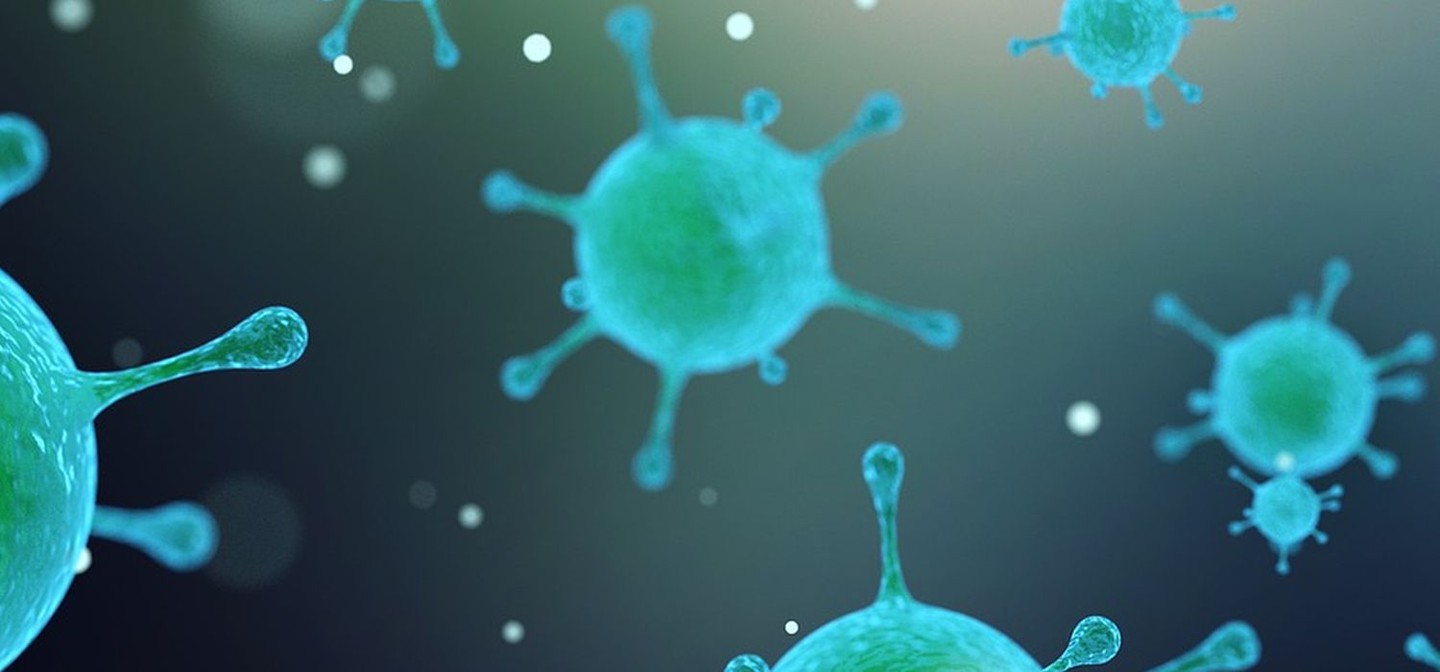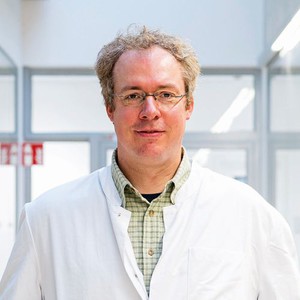Research Projects
PREVIOUS AND CURRENT RESEARCH
The recently ongoing SARS-CoV-2 pandemic illustrates the importance of understanding viral pathogens in great detail. We use structural biology/biophysical methods with a special focus on X-ray crystallography and the obtained structural knowledge can be used for structure-based design of preventive or curative anti-infective agents, i.e., this knowledge has a direct translational potential. Furthermore, structural studies are often performed in parallel on homologous proteins from related pathogens, which provides crucial information about the evolutionary relationship between them and allows the identification of conserved features and/or pathways, which often are the most promising drug targets. We focus on several key steps in the replication cycle of viral pathogens:
- Structural characterization of virus glycoproteins and their interactions with the immune system together with the identification of the determinants of an efficient neutralizing antibody response to facilitate informed vaccine design. During the last years we have put forward the hypothesis - now widely accepted in the field - that the receptor binding site within the hepatitis C virus (HCV) glycoproteins - representing the major target of neutralizing antibodies - is conformationally flexible. This conformational flexibility likely constitutes a novel strategy that HCV utilizes to evade potently neutralizing antibodies and is therefore directly relevant for vaccine design.
- We have established a pipeline to identify and characterize monoclonal human antibodies that potently neutralize a number of different viruses using advanced single cell technology combined with Next Generation Sequencing, recombinant protein expression, structure determination using X-ray crystallography and biochemical characterization of antibody-antigen interaction. We have recently used this platform to isolate human neutralizing antibodies that efficiently act against the majority of currently circulating SARS-CoV-2 variants.
- Understanding the mechanism-of-action leading to the assembly and disassembly of large viral capsids, an essential step for the production of virus progeny as well as for the release of the viral genome during virus entry. Our recent crystal structures of herpesvirus capsid proteins have revealed an “achilles heel” that could be explored to develop urgently needed novel antiviral therapies.
FUTURE PROJECTS AND GOALS
- Understanding the determinants of a protective antibody response against the Hepatitis C virus and other virus-induced diseases.
- Identification of conserved epitopes and/or drug targets to be developed into antiviral preventive or therapeutic strategies.
SELECTED PUBLICATIONS
Weber T, Potthoff J, Bizu S, Labuhn M, Dold L, Schoofs T, Horning M, Ercanoglu MS, Kreer C, Gieselmann L, Vanshylla K, Langhans B, Janicki H, Ströh LJ, Knops E, Nierhoff D, Spengler U, Kaiser R, Bjorkman PJ, Krey T, Bankwitz D, Pfeifer N, Pietschmann T, Flyak AI, Klein F (2022) Analysis of antibodies from HCV elite neutralizers identifies genetic determinants of broad neutralization. Immunity. 2022 Feb 8;55(2):341-354.e7. doi: 10.1016/j.immuni.2021.12.003.
Naniima P, Naimo E, Koch S, Curth U, Alkharsah KR, Ströh LJ, Binz A, Beneke JM, Vollmer B, Böning H, Borst EM, Desai P, Bohne J, Messerle M, Bauerfeind R, Legrand P, Sodeik B, Schulz TF, Krey T (2021) Assembly of infectious Kaposi's sarcoma-associated herpesvirus progeny requires formation of a pORF19 pentamer. PLoS Biol.19(11):e3001423. doi: 10.1371/journal.pbio.3001423.
Barros-Martins J, Hammerschmidt SI, Cossmann A, Odak I, Stankov MV, Morillas Ramos G, Dopfer-Jablonka A, Heidemann A, Ritter C, Friedrichsen M, Schultze-Florey C, Ravens I, Willenzon S, Bubke A, Ristenpart J, Janssen A, Ssebyatika G, Bernhardt G, Münch J, Hoffmann M, Pöhlmann S, Krey T, Bošnjak B, Förster R, Behrens GMN (2021) Immune responses against SARS-CoV-2 variants after heterologous and homologous ChAdOx1 nCoV-19/BNT162b2 vaccination. Nat Med.27(9):1525-1529. doi: 10.1038/s41591-021-01449-9.
Sesterhenn F, Yang C, Bonet J, Cramer JT, Wen X, Wang Y, Chiang CI, Abriata LA, Kucharska I, Castoro G, Vollers SS, Galloux M, Dheilly E, Rosset S, Corthésy P, Georgeon S, Villard M, Richard CA, Descamps D, Delgado T, Oricchio E, Rameix-Welti MA, Más V, Ervin S, Eléouët JF, Riffault S, Bates JT, Julien JP, Li Y, Jardetzky T, Krey T, Correia BE (2020) De novo protein design enables the precise induction of RSV-neutralizing antibodies. Science. 368(6492):eaay5051. doi: 10.1126/science.aay5051.
Bonet J, Wehrle S, Schriever K, Yang C, Billet A, Sesterhenn F, Scheck A, Sverrisson F, Veselkova B, Vollers S, Lourman R, Villard M, Rosset S, Krey T, Correia BE (2018) Rosetta FunFolDes - A general framework for the computational design of functional proteins. PLoS Comput Biol. 14(11):e1006623. doi: 10.1371/journal.pcbi.1006623.
Fedry J, Forcina J, Legrand P, Péhau-Arnaudet G, Haouz A, Johnson M, Rey FA, Krey T (2018) Evolutionary diversification of the HAP2 membrane insertion motifs to drive gamete fusion across eukaryotes. PLoS Biol. 16(8):e2006357. doi: 10.1371/journal.pbio.2006357.
Vasiliauskaite I, Owsianka A, England P, Khan AG, Cole S, Bankwitz D, Foung SKH, Pietschmann T, Marcotrigiano J, Rey FA, Patel AH, Krey T (2017) Conformational Flexibility in the Immunoglobulin-Like Domain of the Hepatitis C Virus Glycoprotein E2. mBio. 8(3):e00382-17. doi: 10.1128/mBio.00382-17.
Fédry J, Liu Y, Péhau-Arnaudet G, Pei J, Li W, Tortorici MA, Traincard F, Meola A, Bricogne G, Grishin NV, Snell WJ, Rey FA, Krey T (2017) The Ancient Gamete Fusogen HAP2 Is a Eukaryotic Class II Fusion Protein. Cell. 168(5):904-915.e10. doi: 10.1016/j.cell.2017.01.024.
Backovic M, Krey T (2016) Stable Drosophila Cell Lines: An Alternative Approach to Exogenous Protein Expression. Methods Mol Biol. 1350:349-58. doi: 10.1007/978-1-4939-3043-2_17.
Meola A, Tarr AW, England P, Meredith LW, McClure CP, Foung SK, McKeating JA, Ball JK, Rey FA, Krey T (2015) Structural flexibility of a conserved antigenic region in hepatitis C virus glycoprotein E2 recognized by broadly neutralizing antibodies. J Virol. 89(4):2170-81. doi: 10.1128/JVI.02190-14.
Portrait Photo: © Olaf Malzahn

